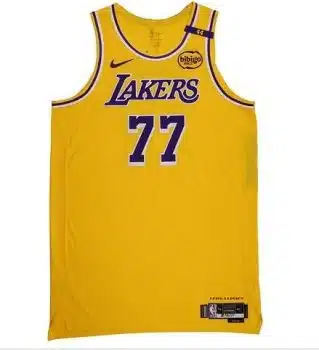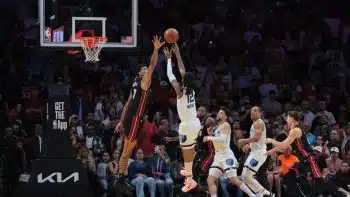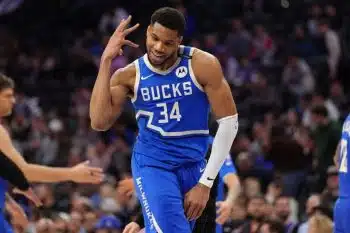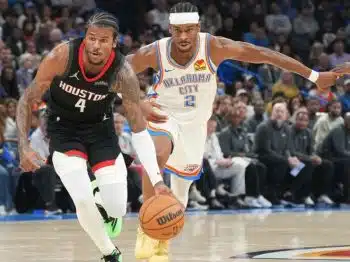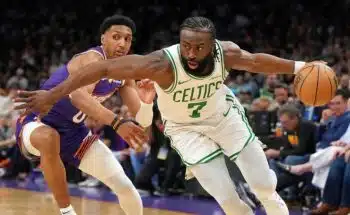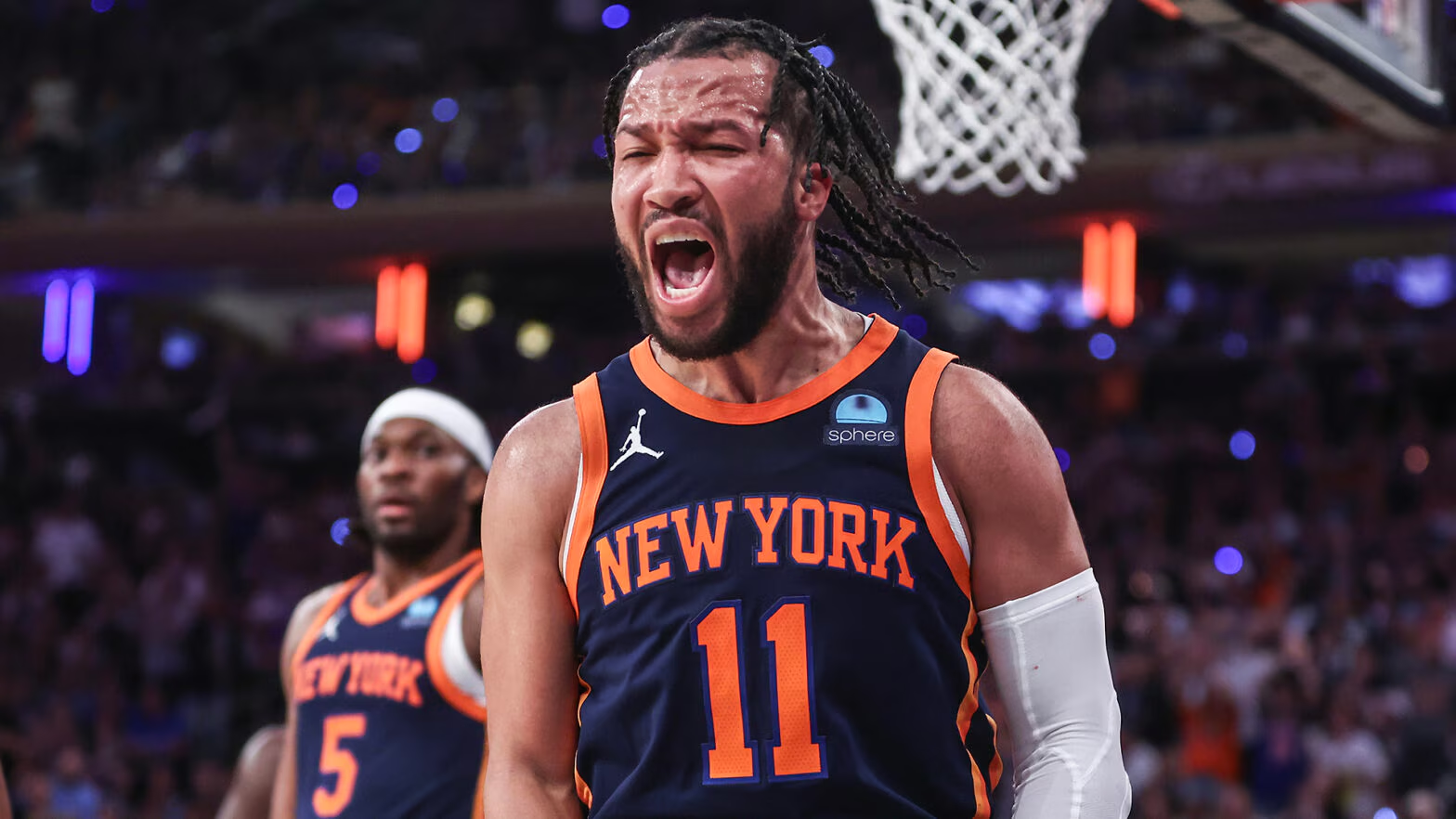NBA
NBA PM: Rising Salary Cap Presents Difficult Decisions
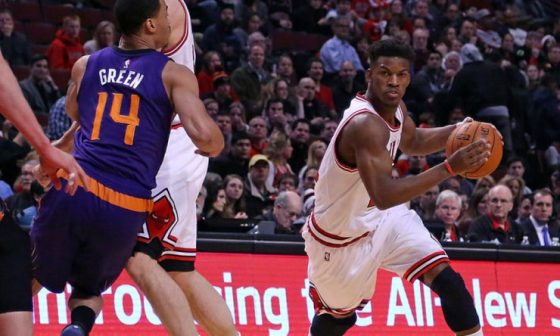
Changing Financial Landscape Presents Difficult Decisions
Buckle up NBA fans, it’s going to be a bumpy ride for our beloved sport.
Back in October, it was announced that ESPN/ABC and Turner Sports had agreed to pay a whopping $24 billion for the right to broadcast NBA games beginning with the 2016-17 season and running through 2024-25.
The odds of a work stoppage in 2017, which seemed probable even before this new TV deal was secured, unfortunately have likely increased. The current collective bargaining agreement runs through the end of 2020-21 season, but each side can opt up by mid-December of 2016. Both the owners and the players are now incentivized to opt out. Looking down the road, we could be staring down the barrel of another lockout in the summer of 2017.
However, before we delve into the doom and gloom of a potential work stoppage, there are a number of other fascinating ramifications of the league’s new TV deal. Specifically, that the salary cap (which is a percentage of basketball related income, or BRI) is going to spike.
Currently, the salary cap sits at $63 million. Educated analysts have varying estimates and projections, but it looks like the cap will skyrocket and land somewhere between $88 million and $92 million for the 2016-2017 season.
Of course that is still 18 months away, which leaves the 2015-16 season in between. Earlier this month, the NBA Players Association officially announced they rejected the “smoothing” option presented by the league office. As a result, we will see only a slight, relatively “normal” increase in the cap next season, before the floodgates open in 2016. This means both teams and players will have some very interesting decisions to make this summer. In years past, the vast majority of players would look to sign long-term contracts to get the most guaranteed money possible as well as long-term security.
Yet, players that become free agents this summer (or have the options to become free agents) may not have that same motivation to lock in for as long as possible. Signing a long-term deal this July means bypassing the opportunity to sign a far more lucrative contract next summer, when the cap will soar and more teams will have significant money to throw around.
It is important to note that when the cap jumps all the way to $90+ million, the “salary floor” will correspondingly climb above $80 million. That means every team, including the Philadelphia Sixers, Milwaukee Bucks and Orlando Magic among others will have to spend at least $80 million. To put that in perspective, the Brooklyn Nets are currently the only team in the NBA with a total payroll north of $82 million. In 2016-17, it’s possible that every team will need to spend at least $82 million. The moral of the story is there will be a ton of money being thrown around. Even marginal players will receive seemingly astronomical offers.
Consequently, players that can hit the free agent market this summer have to face decisions that are essentially unprecedented in NBA history.
Let’s look at some specific examples to highlight the potential predicament.
There’s plenty of top-tier talent set to hit the open market in July, including LaMarcus Aldridge, Marc Gasol, Goran Dragic and DeAndre Jordan among others.
One of the most talked about players has been the Cleveland Cavaliers’ Kevin Love. Without getting into whether he is getting along with LeBron James and all that other nonsense, let’s look strictly at the financials.
Love has a player option for the 2015-16 season that would pay him $16.7 million. Because it makes the most fiscal sense to do so, regardless of whether he signs a long-term deal or not, it is very safe to assume he will opt out at the end of this season.
At that point, Love has two options:
1.) Sign a contract that gives him an option to become a free agent again next summer – the most likely scenario would be a two-year deal with an opt-out clause after the first season (just as LeBron did last year and will likely do again this summer).
2.) Sign a max five-year deal with Cleveland (or a max four-year deal with a team other than the Cavs).
Again, Love will make $16.7 million in 2015-16 if he opts into the final year of his current contract. Most informed projections have the salary cap landing somewhere between $66 and $67 million for the 2015-16 campaign. For purposes of this exercise, let’s assume the cap settles at $66.5 million.
Because Love has seven years of NBA experience under his belt, he can sign a max contract starting at 30 percent of a team’s total cap. (For those looking for exact figures it is important to note that, per cap expert Larry Coon, “a different cap calculation is used to determine the maximum salaries, which is based on 42.14 percent of projected BRI rather than 44.74 percent. … For this reason the maximum salaries are not actually 25 percent, 30 percent or 35 percent of the cap, and instead are a slightly lower amount.”
Okay, now based on a salary cap of $66.5 million next season, here is what a max offer (with max allowable raises) for Love from Cleveland would look like:
Year Projected Salary
2015-16 $18.6 million (30 percent of cap)
2016-17 $19.9 million (7.5 percent increase)
2017-18 $21.4 million (7.5 percent increase)
2018-19 $23.1 million (7.5 percent increase)
2019-20 $24.8 million (7.5 percent increase)
That sums to a total of $107.8 million over five years. Certainly a healthy payday, but it pales in comparison to what a max contract signed in 2016 would look like, and that’s where the cost/benefit analysis become fascinating.
If Love instead decided to sign just a two-year deal with an opt-out after the first year, he’d be he leaving staggering $69.3 million in guaranteed money on the table. However, he would give himself the opportunity cash in next summer and, assuming he avoids injury and is deemed worthy of a max contract, he’d be able to sign a monstrous contract in July of 2016.
Let’s assume the cap for the 2016-17 season lands at $90 million. If he gives himself the option of once again becoming a free agent next summer, Love would be in line for a max offer (with max allowable raises) as follows:
Year Projected Salary
2016-17 $25.2 million (30 percent of cap)
2017-18 $27.1 million (7.5 percent increase)
2018-19 $29.1 million (7.5 percent increase)
2019-20 $31.3 million (7.5 percent increase)
2020-21 $33.6 million (7.5 percent increase)
That’s sums to a mind-boggling $146.3 million – all guaranteed.
Each individual player will have to weigh the ‘pros’ and ‘cons’ of their particular situations. For Dragic and Gasol, who will be age 29 and 30 this summer, they may choose the security of a long-term deal.
Aldridge is also 29, but he will be arguably the most sought after free agent available. If he signed a deal that allowed him to opt-out next summer, he’d have played 10 years in the league at that point, which would allow him to get a deal starting at up to 35 percent the cap, which would mean a contract STARTING at an astronomical $30.1 million per season.
It’d be a fascinating gamble.
Another group of players that will have difficult decisions to make are the restricted free agents. The cream of the restricted free agent crop are Kawhi Leionad, Jimmy Butler and Draymond Green.
Because the restricted free agents will most likely be signing offer sheets from a team they don’t currently play for (their current teams will likely ask them to “test the market,” with the understanding they plan to match), the max increase they can receive per season would be 4.5 percent. And because they have fewer than seven years experience, they can only receive a max offer starting at 25 percent of the cap.
For instance, if Butler signed an offer sheet from a team other than Chicago this summer, here is what a max offer (with max allowable raises) would look like:
Year Projected Salary
2015-16 $15.9 million (25 percent of cap)
2016-17 $16.6 million (4.5 percent increase)
2017-18 $17.4 million (4.5 percent increase)
2018-19 $18.2 million (4.5 percent increase)
Now, let’s say Butler follows the same script outlined above and signs a two-year deal with an option to opt out next summer. If Butler signed such an offer sheet and the Bulls matched, he could then become an unrestricted free agent in 2016.
Thus, next summer when he becomes unrestricted, he could sign a five-year deal with the Bulls. Here is the max offer Chicago would be able to present:
Year Projected Salary
2016-17 $22.5 million (25 percent of cap)
2017-18 $24.2 million (7.5 percent increase)
2018-19 $26.0 million (7.5 percent increase)
2019-20 $27.9 million (7.5 percent increase)
2020-21 $29.9 million (7.5 percent increase)
The potential differential is massive.
The total value of a four-year max offer sheet signed in July of 2015 would be $68.1 million.
The total value of a five-year max contract signed in July of 2016 would be $130.5 million.
Kawhi Leonard could theoretically position himself the same way. Ditto for Draymond Green.
However, keep in mind Green has made less than less than $1 million in each of his first three seasons in the NBA. Would he really be willing for forgo a $68 million contract if presented with such opportunity, in order to chase a bigger pay day in July of 2016?
Yes, free agents will be able to secure insurance policies to help protect against catastrophic injury, but the risk is undeniably steep.
What will agents be whispering in their clients’ ears? Will agents encourage their clients to lock in that guaranteed cash, or try to take the enormous-payday route?
Many questions remain, but one thing seems certain: the next two summers may go down as the most interesting and exciting offseasons in recent NBA history.
